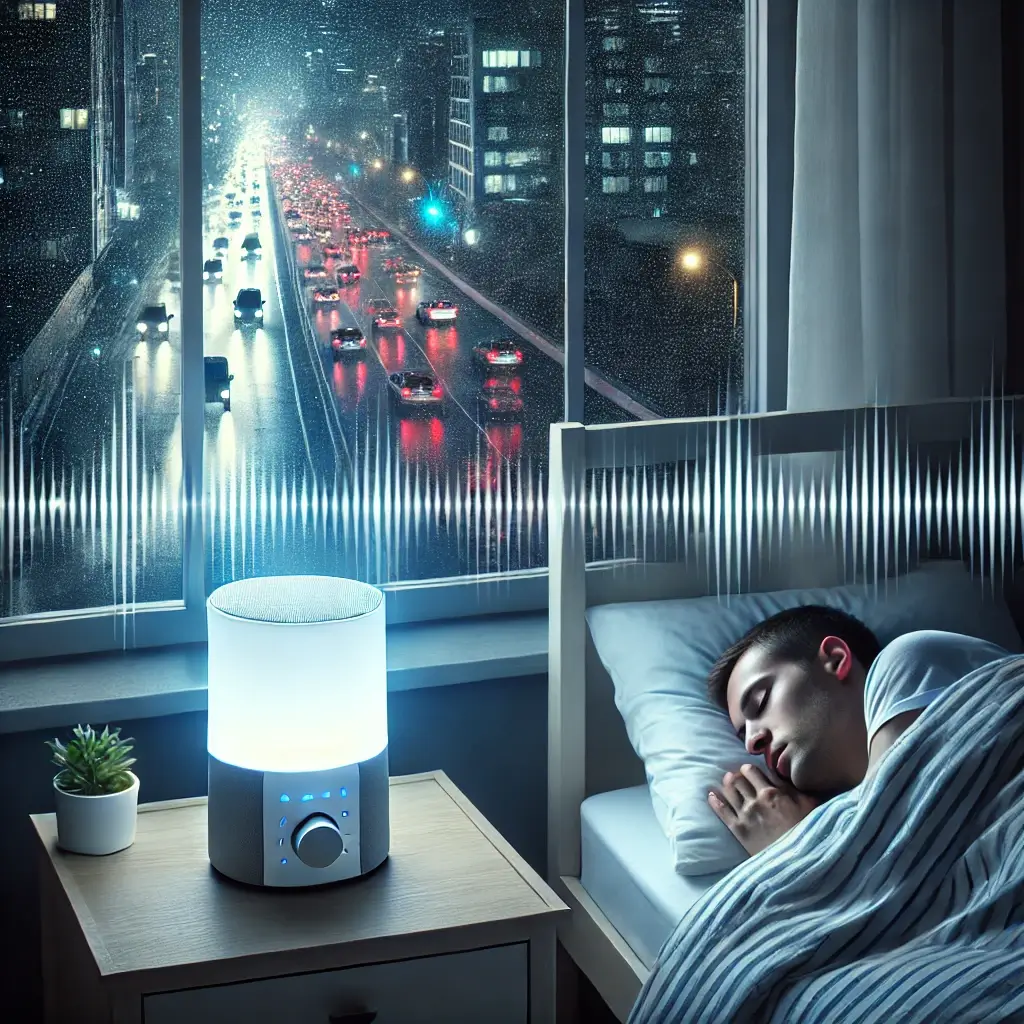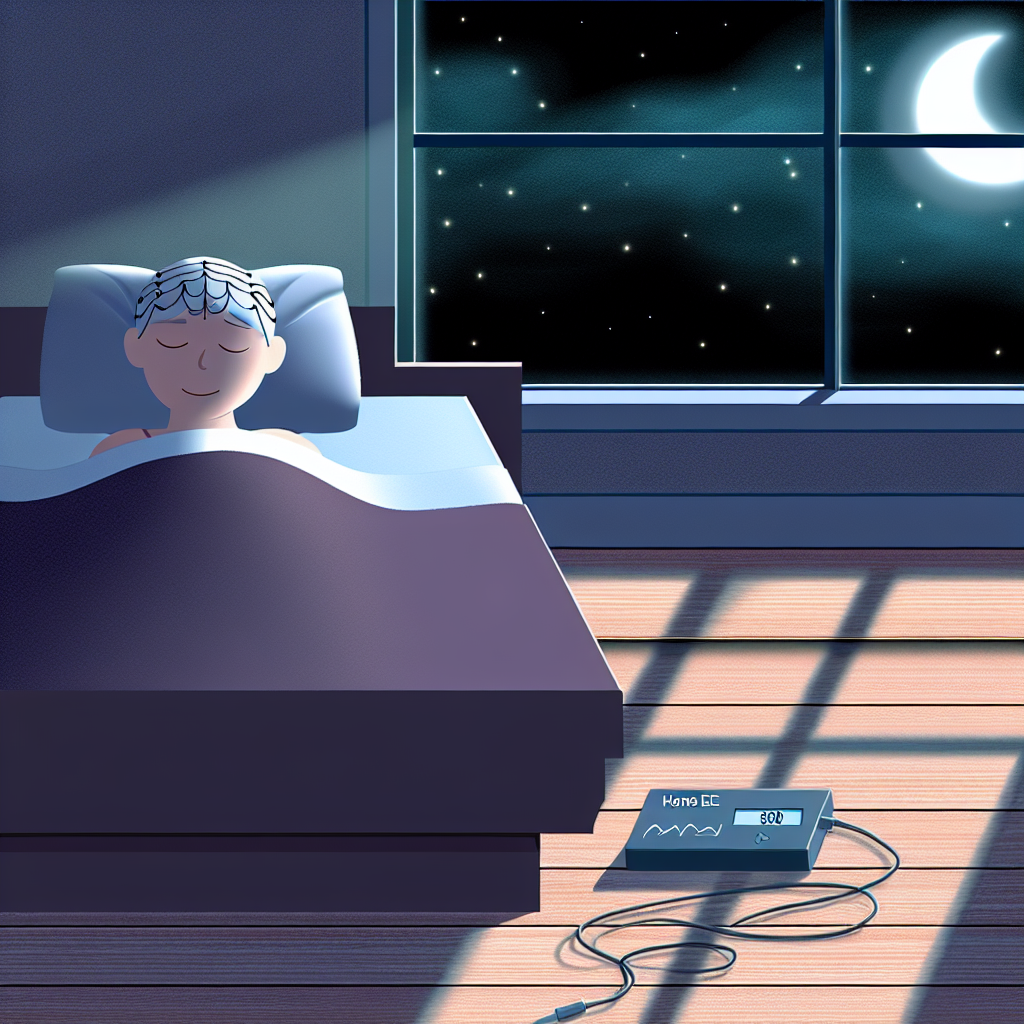The Sleep Challenge in Modern Life
Sleep is a cornerstone of health, yet for many, achieving restful and uninterrupted sleep feels increasingly out of reach. Factors like urban noise, stress, and erratic schedules disrupt sleep patterns, leaving millions grappling with fatigue and its downstream effects on mental and physical well-being. Amid these challenges, white noise has emerged as a compelling solution, celebrated for its potential to mask disturbances and create an auditory environment conducive to sleep.
Understanding White Noise
White noise is a consistent sound containing equal intensity across audible frequencies, often likened to the static of an untuned radio or the gentle hum of a fan. By masking unpredictable sounds like traffic, barking dogs, or snoring, white noise establishes a stable background that can reduce the frequency of awakenings. Its utility spans various demographics—from infants struggling to sleep in noisy households to adults in bustling cities. But what does the research reveal about white noise’s role in achieving deep sleep, and how can we harness its potential effectively?
Article Purpose
This article dives into the science underpinning white noise, examining its benefits, limitations, and practical applications. Supported by research findings and expert insights, it aims to offer a comprehensive overview of how this auditory tool can enhance sleep quality in a world increasingly plagued by noise pollution.
Scientific Research and Evidence
Scientific studies provide compelling evidence for white noise’s effectiveness in improving sleep quality, particularly for individuals in environments prone to disruptive sounds. For instance, a 2016 study published in Otolaryngology–Head and Neck Surgery examined the impact of white noise on sleep disturbances caused by environmental noise. The findings revealed that participants exposed to white noise experienced significantly fewer awakenings and reported higher sleep satisfaction compared to those without auditory masking (Otolaryngology–Head and Neck Surgery, 2016).
Impact on Infant Sleep
Infants, too, appear to benefit from white noise. Research published in Sleep Medicine in 2017 explored its impact on sleep duration and quality in infants exposed to nighttime disturbances. The study found that consistent exposure to white noise not only calmed infants but also helped them fall asleep faster and sleep longer. This suggests that white noise may mimic the soothing sounds experienced in the womb, offering a sense of security and comfort (Sleep Medicine, 2017).
Deep Sleep Benefits and Alternatives
Beyond immediate sleep benefits, white noise shows promise in promoting deeper stages of sleep where critical restorative processes occur. A 2019 review in Frontiers in Human Neuroscience highlighted white noise as a viable intervention for improving sleep efficiency among noise-sensitive individuals. However, it also noted that the effectiveness of white noise could vary based on individual preferences and the type of noise being masked (Frontiers in Human Neuroscience, 2019). Emerging alternatives like pink and brown noise are also being studied for their potential advantages. Pink noise, which emphasizes lower frequencies, has been shown to enhance memory consolidation during sleep in some studies, suggesting it may be even more beneficial for certain individuals.
Implementation Guidelines
For those considering white noise, accessibility is a key advantage. White noise machines, smartphone apps, and even household appliances like fans can serve as effective sources. When choosing a white noise solution, individuals should consider their specific needs: Nature Sounds: These include rain, waves, and rustling leaves. They are often grouped under “white noise” and provide a soothing alternative for those who find static sounds too harsh. Customized Soundscapes: Many apps allow users to mix different sounds, creating personalized sound environments that can optimize relaxation. It’s essential to ensure that the chosen noise level remains within safe decibel ranges to prevent hearing damage or overstimulation.
Final Insights
White noise stands out as a versatile tool in the modern battle against sleep disruptions. Backed by research, it offers a non-invasive, drug-free method for enhancing sleep quality, especially for those living in noisy environments. While it may not be a universal solution, its widespread availability and proven benefits make it a worthwhile addition to the sleep toolkit. For optimal results, white noise should be paired with other sleep-promoting practices, such as maintaining a consistent sleep schedule, creating a comfortable sleep environment, and minimizing screen exposure before bed. As we continue to explore the science of sound, white noise remains a promising ally in the quest for restorative sleep.
References
Otolaryngology–Head and Neck Surgery. (2016). “Impact of White Noise on Sleep Disturbances in Noisy Urban Environments.”
Sleep Medicine. (2017). “The Role of White Noise in Improving Sleep Quality for Infants.”
Frontiers in Human Neuroscience. (2019). “Sound Therapy and Sleep: Exploring the Benefits of White Noise and Alternatives.”





